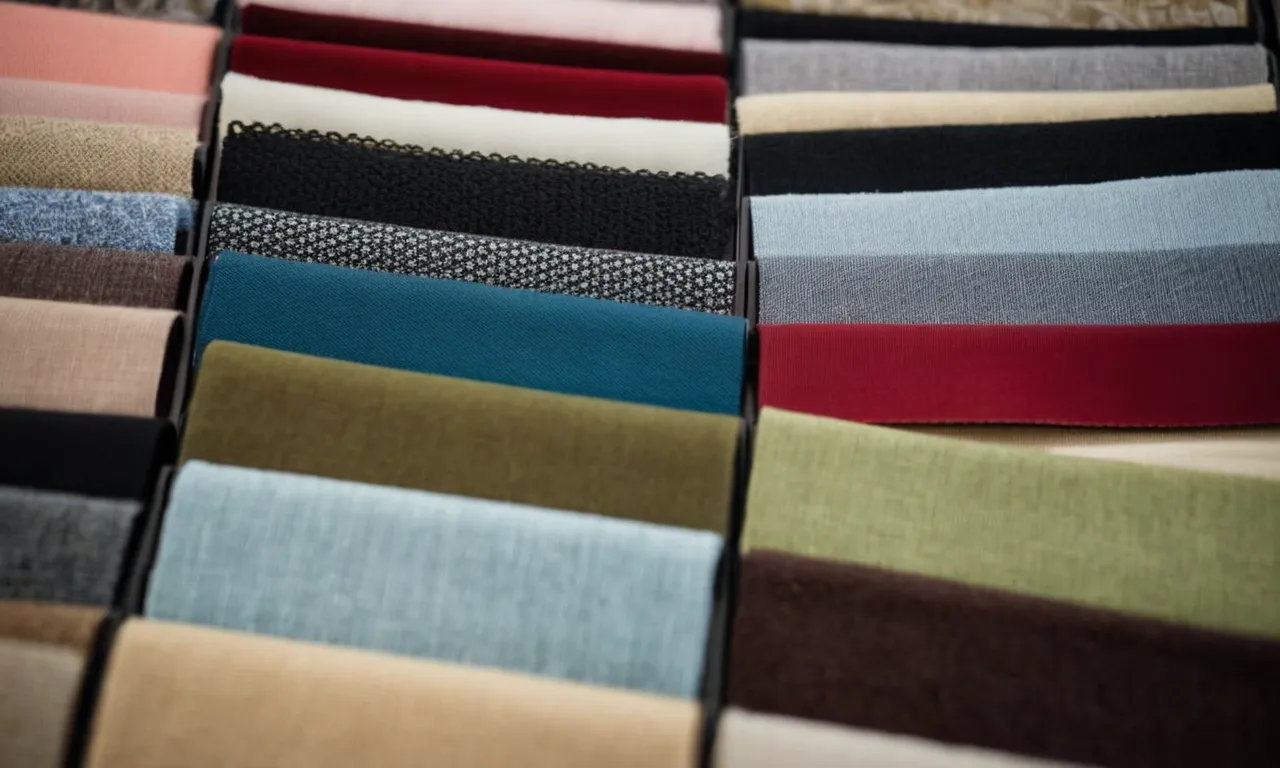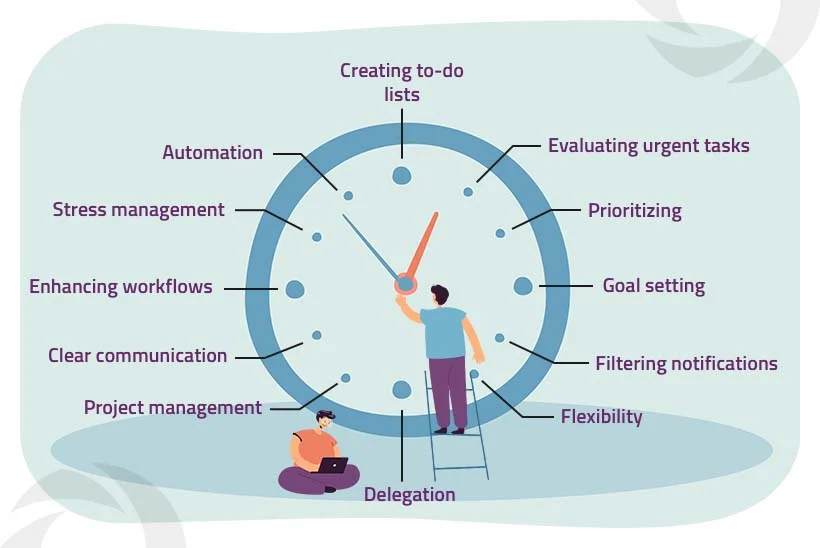When it comes to fastening things together, Velcro is often the first solution that comes to mind. It’s a versatile, easy-to-use material that can be found in a variety of applications, from securing shoes to organizing cables. But with so many different types of Velcro available, how do you know which one is right for your project? Whether you’re working on a DIY home project, organizing your office, or creating something more complex, choosing the right Velcro can make all the difference.
To help you decide, let’s walk through the key factors to consider when selecting Velcro for your needs. We’ll look at everything from the type of Velcro tape to the strength level you need to the surface area you’re attaching it to. Here’s what you need to know to make an informed decision.
Understanding the Purpose of Your Project
Before diving into the specifics of Velcro, it’s important to think about what your project requires. The first thing you’ll want to consider is the purpose of the Velcro. Are you attaching light materials together, like small fabric pieces for a craft project? Or are you fastening something heavy, like a piece of furniture or equipment?
The application’s purpose will determine the type of Velcro that’s best for the job. If you’re using Velcro to secure lightweight materials, a standard Velcro tape with a peel-and-stick adhesive backing might be enough. However, for heavier items, you’ll likely need something stronger—perhaps an industrial-strength version that has greater holding power. Keep in mind that the stronger the Velcro, the more durable and reliable the attachment will be for heavy-duty projects.
Assessing the Weight and Load Capacity
One of the most important things to consider when choosing Velcro is the weight of the materials you’re working with. Velcro is available in different strength levels, and each has a load capacity suited to specific tasks. For example, if you’re working with something that requires heavy-duty support, such as holding up a large curtain or fastening large, bulky items, you’ll want a Velcro that’s designed for industrial strength.
Industrial Velcro is designed to support much heavier weights and offers more durability. On the other hand, if you’re using Velcro for something lighter, like closing a small pouch or keeping fabric in place, a standard or medium-strength Velcro should do the trick.
The adhesive backing is also something to consider in terms of load capacity. Strong adhesive-backed Velcro works well for most applications, but for heavier-duty needs, you might need to go with sew-on Velcro, which provides a more permanent and secure bond to fabrics and materials.
Evaluating the Surface Area for Attachment
The next thing to think about is the surface area to which you will be attaching the Velcro. Velcro works best when it has enough surface contact to form a secure bond. If you’re attaching Velcro to a flat surface, the process will be straightforward. However, if the surface is uneven, rough, or textured, you’ll want to pay extra attention to the type of Velcro and adhesive used.
For rougher surfaces like wood, plastic, or rough fabric, Velcro with an adhesive backing may not stick as securely. In these cases, opting for sew-on Velcro could be a better choice, as it offers a more reliable attachment on uneven surfaces. It’s also important to consider the surface finish—whether you need something discreet or visible. For example, if you want Velcro to be hidden, choose a version that blends in with the fabric or material you’re working with.
If the Velcro needs to be attached to a flexible surface (like clothing or soft materials), you’ll need something that can bend and flex without losing its grip. Consider Velcro that has more flexibility and can stretch without losing its effectiveness, as this will be key to its durability over time.
Frequency of Opening and Closing
Another factor to consider is how often the Velcro will need to be opened and closed. Some projects may require frequent use of Velcro, such as opening and closing a bag or securing a flap. If you’ll be opening and closing the Velcro repeatedly, you’ll want to choose a type with a higher durability rating to ensure the material won’t lose its grip over time.
For frequent use, look for Velcro designed for high-frequency applications. These types tend to have a more robust design and longer-lasting adhesive or sew-on options. On the other hand, if your project involves Velcro that will only be opened occasionally—such as securing a decorative piece—you can use a lighter option.
Think about the wear and tear the Velcro will face and choose accordingly. If your project involves something that will be opened and closed hundreds of times, it’s crucial to choose Velcro that’s up to the task to avoid frequent replacements.
Choosing Between Adhesive or Sew-On Velcro
Velcro is available in different attachment methods, primarily adhesive-backed or sew-on options. The choice between these two will depend on the materials you’re working with and how permanent you want the attachment to be.
Adhesive-backed Velcro
This is one of the most popular types and is incredibly easy to use. It has a sticky backing that allows you to simply peel and stick it to most surfaces, like walls, fabric, or plastic. Adhesive-backed Velcro is great for temporary or light-duty applications, such as attaching things to your walls, organizing cables, or adding small closures to bags or clothing.
However, adhesive-backed Velcro may not perform as well on heavy-duty projects or on rough or textured surfaces. The adhesive may lose its grip over time, especially if the item needs to be opened and closed repeatedly.
Sew-on Velcro
If you need something more permanent and durable, sew-on Velcro is the best option. This type of Velcro is typically used for fabric-based applications, such as in clothing, uniforms, or securing items on upholstery. Sew-on Velcro is generally stronger and more reliable over time, making it ideal for projects that require a long-lasting bond.
It’s especially useful for items that get a lot of wear, like jackets or shoes, or when you need the Velcro to remain secure despite frequent openings and closings. However, it requires a sewing machine or hand stitching, which can be time-consuming.
Conclusion
Choosing the right Velcro for your project might seem simple at first, but there are several factors to take into account to ensure you get the most out of this versatile material. Whether you’re working on a small DIY project or tackling something larger, taking the time to assess the weight, strength, surface area, flexibility, and usage frequency can help you select the perfect Velcro to meet your needs.
From lightweight Velcro tape for basic uses to heavy-duty industrial Velcro for more demanding tasks, the right choice will make a huge difference in the success of your project. By considering all these elements, you’ll be well-equipped to choose the ideal Velcro for any application—ensuring that your project stays secure, reliable, and lasting.








